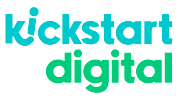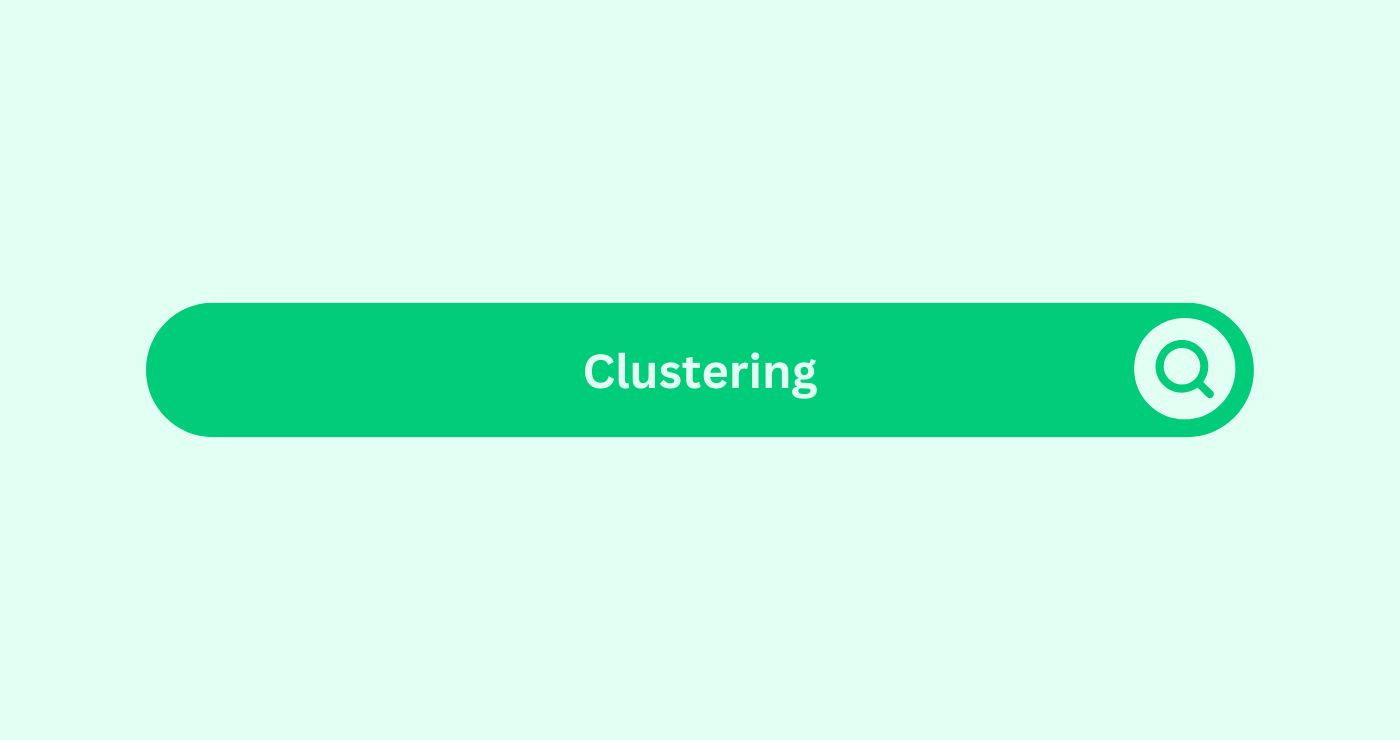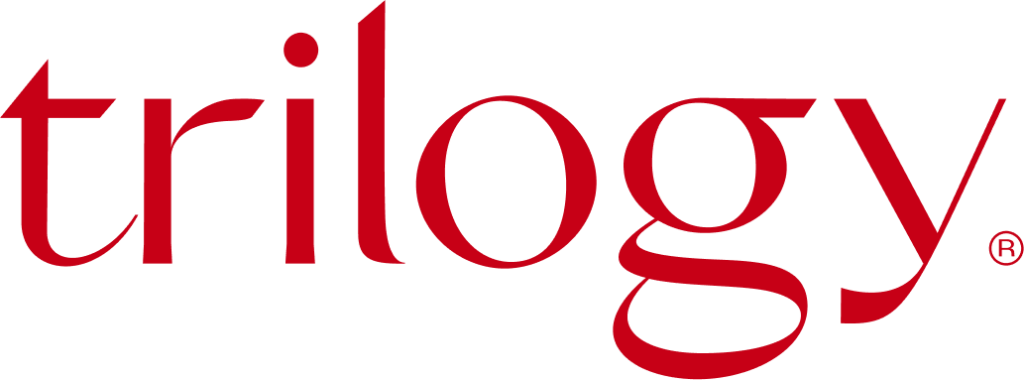Definition
Clustering is an AI technique used to group similar data points—such as users, keywordsDefinition Keywords are crucial for SEO success as they conn..., or content—based on shared characteristics, without prior labels. In AI-driven content marketingDefinition Content marketing strategically creates and share..., Clustering allows marketers to identify behavioural patterns, segment audiences, and uncover content themes that resonate with specific user groups.
For a digital marketing agency Auckland, Clustering helps categorise search queries into distinct topic clusters, enabling a smarter content strategyDefinition Content strategy involves planning, creating, pub.... An SEO company can use Clustering algorithms (like K-Means, DBSCAN, or Hierarchical Clustering) to identify which blog posts attract similar types of readers, making it easier to recommend relevant content or build topical authority.
Clustering goes beyond simple analytics—it enables unsupervised learning, where the AI independently identifies structure in the data. This improves campaignDefinition An SEO campaign involves focused, Organised effor... targeting, email segmentation, and internal linkingWhat is Internal linking? Internal linking refers to the pra... strategies for better SEO performance.
Example
A performance marketing agency managing an eCommerce skincare brand uses Clustering to analyse customer behaviour. The AI model groups users based on product interactions, page views, and content reads. Three major clusters emerge:
- Skincare Routine Beginners
- Eco-conscious BuyersDefinition In the context of marketing and SEO, "buyers" ref...
- Ingredient-focused Researchers
Each cluster receives tailored content: beginner guides, sustainability stories, or deep-dive ingredient breakdowns. The result? A 38% increase in time-on-site and a 29% boost in conversionDefinition In the realm of SEO, Conversion refers to the pro... rates. Clustering enabled precise content delivery—without manual segmentation.
Performance Table
| Feature | Value | Description |
|---|---|---|
| Number of Clusters Identified | 3 | User groups with distinct preferences |
| CTR Uplift After PersonalisationDefinition Personalisation refers to the process of tailorin... | +26% | Click rates improved due to targeted content |
| Bounce RateDefinition Bounce Rate in social media marketing refers to t... Decrease | –41% | Clustered content kept users on site longer |
| Conversion RateDefinition Conversion Rate in the SEO space refers to the pe... Increase | +29% | More personalised journeys led to higher sales |
| Manual Segmentation Time Saved | 85% | Reduced hours spent on audienceDefinition The term "Audience" refers to the group of indivi... analysis |
5 Key Takeaways
- Uncovers Natural Patterns – Groups users or content without needing manual tags.
- Drives PersonalisationDefinition Personalisation refers to the process of tailorin... – Enables audience-specific content creation at scale.
- Boosts SEO with Topic Clusters – Structures internal linkingWhat is Internal linking? Internal linking refers to the pra... and keyword strategy.
- Reduces Manual Segmentation Time – AI handles complexity, saving resources.
- Enhances User Experience – Delivers relevant content that matches behaviour and interest.
FAQs
What is Clustering used for in marketing?
It groups users, keywordsDefinition Keywords are crucial for SEO success as they conn..., or behaviours to personalise content and optimise campaigns.
How does Clustering help SEO?
It organises keywordsDefinition Keywords are crucial for SEO success as they conn... and topics into clusters, improving topical relevanceDefinition In SEO, relevance refers to the degree to which a... and site structure.
Do I need labelled data for Clustering?
No. Clustering uses unsupervised learning—it finds structure without predefined categoriesDefinition Categories, in the context of SEO and digital mar....
Can small agencies use Clustering?
Absolutely. Tools like Google AnalyticsDefinition In SEO, analytics involves collecting, measuring,... 4, BigQuery, or even Excel with pluginsDefinition SEO plugins enhance CMS or web browsers with feat... support clustering.
What’s the difference between Clustering and Segmentation?
Clustering is data-driven and automated, while segmentation is often rule-based and manual.




